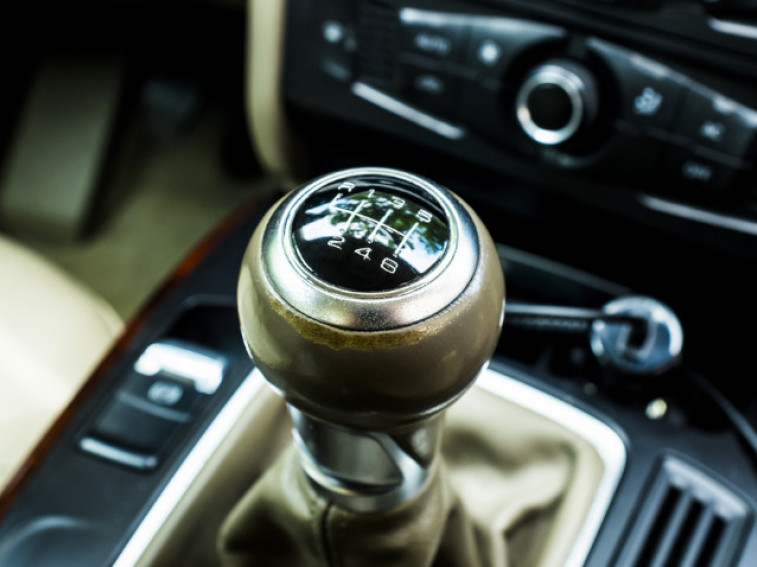You don’t have to be an experienced mechanic to know that the suspension of a car is pretty vital to its overall function. Obviously, one of its primary jobs is to support the vehicle’s weight while absorbing pressure on various road surfaces. However, it’s about more than just giving you a comfortable ride, and there are a variety of issues you might notice when you’re driving. These might be things you notice as a buyer on a test drive of a prospective new car, or as a mechanic on a test drive of a used, seized or salvage car you’re repairing.
You can’t sell a car that has suspension issues - first of all your buyer is likely to notice, and even if they don’t, it’s incredibly dangerous and unethical. So, below we’ve collected a few ways to tell if there’s a problem with your car’s suspension - but before we dive right into them, it helps to have a refresher on exactly what it does.
What is your car’s suspension?
Basically, it’s a system that supports and stabilises your vehicle’s weight, and absorbs the pressure on various road surfaces. With stabilising components like anti-roll bars, a well-maintained suspension allows you to accelerate, brake and corner safely, making it key to maintaining proper control of the vehicle.

Your suspension comprises several components, including the frame, steering, tyres and wheels. The part of your suspension that actually cushions ground-level impacts is made up of springs and dampers. Four coil springs are fitted to each of your wheels, and when you hit bumps or potholes in the road, these springs compress and expand accordingly, minimising the force of the impact. Then the dampers (sometimes known as shock absorbers) will… well, absorb the shock, preventing the car from bouncing and ensuring you can enjoy a nice smooth, safe ride. Without this system, your teeth would likely be rattling in your head every time you hit a minor bump in the road - and that would be just the start of your worries!
How to tell if there’s a problem with your car’s suspension
Most of the time, any problems that develop with your car’s suspension will be the result of normal wear and tear. Sometimes, it can develop problems as the result of an impact or collision, but wear and tear is by far the more common cause of the two. Here are some easy ways to tell if there’s an issue with your car’s suspension (and what to do if there is).
The car sits low, dips forward, or is otherwise unstable
One of the core functions of your suspension is to help the car maintain a neutral position, even when it’s coming to a stop from high speeds. Now, when you brake, a well-maintained suspension should prevent your car from dipping forward excessively. (This is sometimes referred to as nose-diving.) If it feels like this is happening, it’s definitely not something to ignore. It can increase the car’s stopping distance by as much as 15%, which is easily enough to make all the difference between you hitting something or not. And if your stopping distance is already increased by inclement weather like rain, snow or ice, it can end up being incredibly dangerous. Similarly, if any springs are sagged or broken, it could sit lower on one side than the other.
If you’re unsure about whether or not you’re experiencing this with the car you’re driving or repairing, an easy way to tell is by doing something called the bounce test. When your car is parked up on a level surface, rest all your weight on the front end or the back end of the car, and then get off. Then, count how many times it bounces before it stops. If it’s more than once or twice, it could indicate that there’s a problem with your suspension.
You notice an exceptionally bumpy ride
This one doesn’t take an awful lot of mechanical knowledge to discern - if the ride seems unusually rough even when you’re driving on smooth surfaces, it could be a good indicator that you’ve got an issue. You may end up feeling every small bump and dip in the road, no matter how minor. It’s worth experimenting with driving on several different types of road surfaces before you come to a conclusion - but if you’re not sure, it’s worth making time to give it the professional once-over just in case.
The shocks and struts are oily
We discussed the role of shock absorbers above, which use fluid as part of the mechanism to effectively dull the impacts. If you notice you’re experiencing a bumpy ride, it’s worth giving your shocks and struts a look over first (if you can reach them). If they’re covered with oil or fluid, it could be a good sign that you’ve got a leak in your suspension, which will have a knock-on effect on its overall effectiveness.
Tyre depth
Even if the car you’re taking out for a spin is a used, seized or salvage car, it should still have an even amount of tire tread all the way around the vehicle. If the inside or outside of one (or more) of the car’s tyres is more worn than the rest, it could be a sign that your car’s weight is unevenly distributed, which can be a problem to do with the vehicle’s suspension system. It could also be an issue with incorrect wheel alignment, is something that should be checked out as soon as possible.

Poor handling
There are all sorts of things which can affect your car’s handling, including incorrect wheel alignment or poor steering response. However, one thing in particular you’ll want to watch out for is a pull or drift as you navigate corners, accompanied by a knocking sound. This could be due to a damaged anti-roll bar which doesn’t keep the car stable against the force of the turn. Drifting might sound pretty cool - but only if you’re on a racecourse. On residential roads, it can spell absolute disaster, especially if you collide with vulnerable road users such as pedestrians. It’s very serious - you can’t drive or sell a car that’s in that condition. If you’re an experienced mechanic, you’ll want to make sure you fix it up as soon as possible, and if you’re the owner of the car you’ll need to ensure you get it to a mechanic at the earliest possible opportunity.
Sometimes, a car with a damaged suspension can be relatively easily repaired, if you’ve got skills, knowledge and equipment. For a mechanic with the right tools, it’s a vehicle that can be a great candidate for fixing up quickly and efficiently, before flipping it for a profit. We’ve got a fantastic range of used, seized and salvage vehicles that fit the bill perfectly in our online car auctions here at RAW2K, including from global manufacturers like Renault, Ford and Mercedes. Why not take a look around, and see what you can find?




